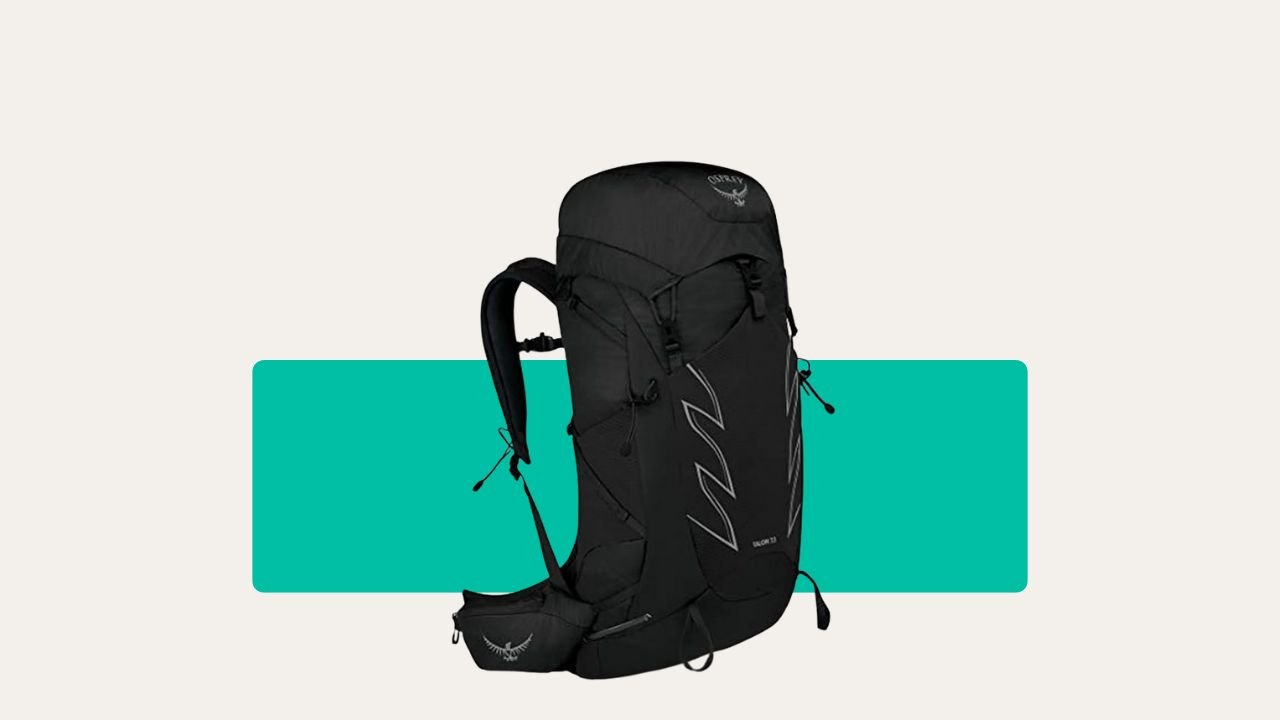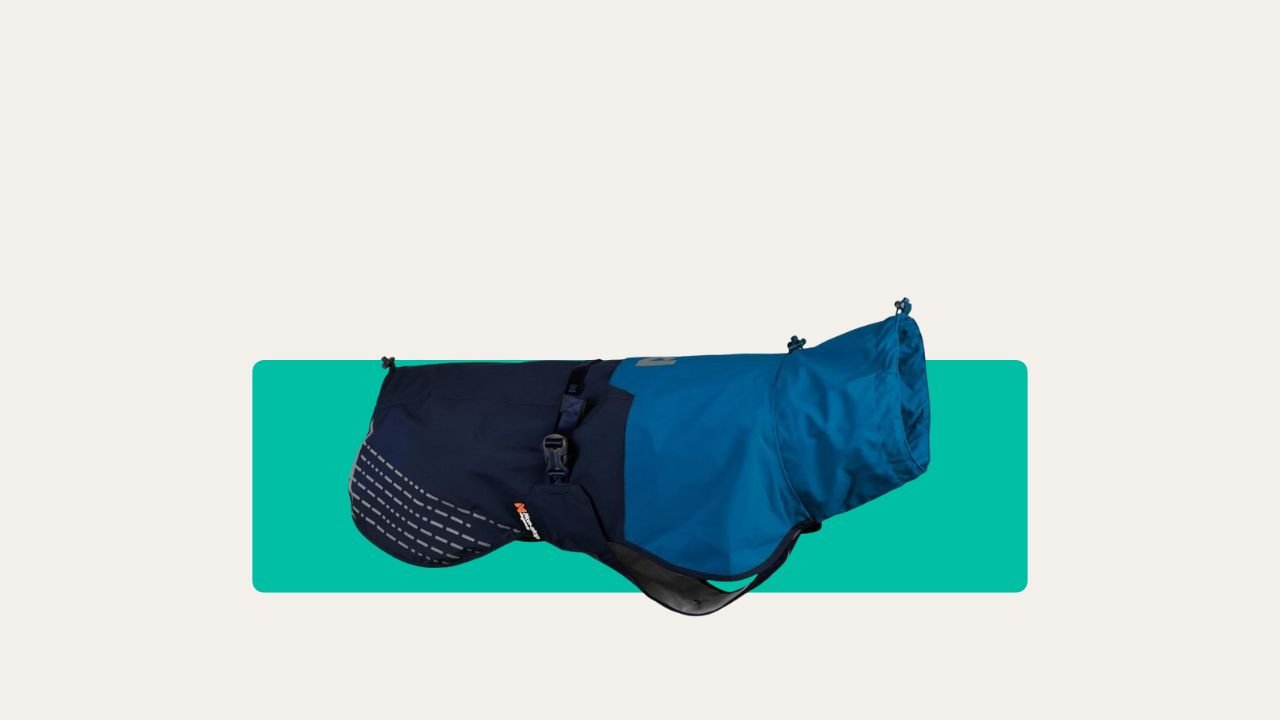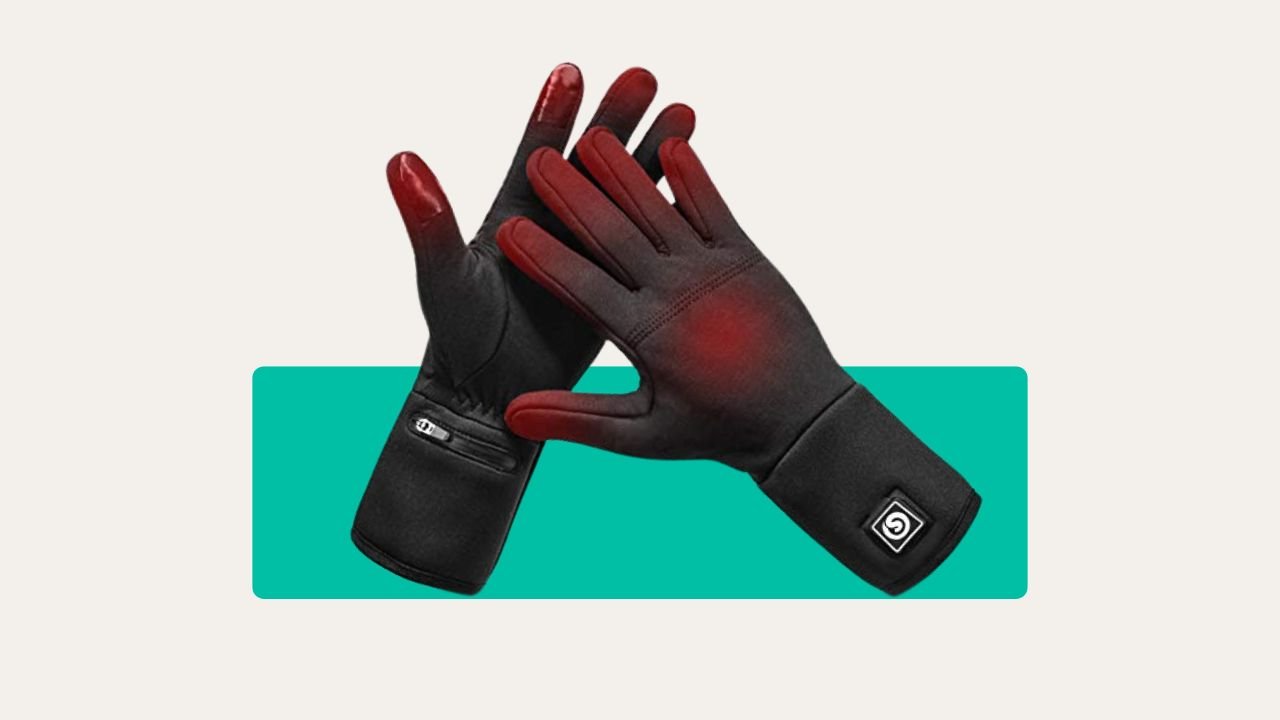Most people think you need some fancy new gadget or expensive hobby to get the family outdoors. Let me tell you, that’s nonsense. My own family once spent a whole Sunday in the Cotswolds hunting for Tupperware boxes in the mud — and it was the most fun we’d had in ages.
That’s geocaching in a nutshell. It’s a proper treasure hunt, powered by your phone and a sense of mischief. Here’s how to get stuck in.
Defining Geocaching
Geocaching is simple — it’s a treasure hunt using GPS. You use coordinates (usually found on a free app) to seek hidden containers, called “geocaches” or “caches,” which people hide all over the place — parks, woodlands, towns, even under benches.
Inside, you’ll find a logbook and often some small trinkets or toys. You sign the log, swap a treasure if you fancy, and pop the cache back for the next seeker.

How Geocaching Began?
All this adventure kicked off in Oregon, USA, back in 2000. A chap named Dave Ulmer wanted to see if someone could use GPS to find a hidden container.
He popped an old bucket in the woods, posted the coordinates online, and waited. It worked. Now, there are more than three million geocaches scattered across the globe — a fair few in your local woods, I’d bet.
Understanding How Geocaches Work
So, what does a geocache actually look like? Don’t expect treasure chests overflowing with gold; think everyday items. Most caches are plastic tubs, small film canisters, or camouflaged pouches. Some are big enough for toys, others barely hold a crumpled paper log.
When you find one, root around for the logbook. Jot your username and the date. If you take a swap (like a keyring or rubber), always leave something of equal or greater value — that’s just good manners. Then wedge the cache back in its hiding place. Don’t forget: stealth is key. You don’t want “muggles” (non-cachers) noticing and nicking it.
Reasons Families Should Try Geocaching
Let’s set the record straight: geocaching isn’t “just for techy kids” or Scout troops. Here’s why every family should give it a go.
- It’s Proper Fun: Nothing beats the thrill when your child pulls a camouflaged box from a tree hollow, or when you finally crack a sneaky clue.
- Gets You Moving: Some caches are an easy stroll. Others demand woodland hikes or clambering around boulders. Good luck keeping the kids bored.
- You Learn Together: Kids pick up real skills — reading maps, using compass apps, thinking logically. I’ve seen my niece go from whiny to wannabe-explorer in one outing.
- Bonding That Isn’t Forced: No need to fake excitement. You’re all working together, puzzling, sharing little victories.
- Cheap as Chips: The main cost is a smartphone and maybe a pencil. No need for pricey kit.
Equipment for Geocaching
Don’t fall for the myth that you need a bag full of gadgets or hiking boots from Hell. Here’s what actually matters:
Smartphone: The Geocaching app (free works fine for most) gives you maps, hints, and a way to log your finds. Some folk use handheld GPS units, but honestly, that’s overkill for beginners.
Pen or Pencil: Many logbooks come without one. I learned this the hard way on a damp Lake District morning.
Small Swaps: A few cheap toys or trinkets (think cracker prizes) are perfect if you want to swap.
Spare Battery or Power Bank: Geocaching drains your phone. Nothing like finding the final clue only for your mobile to die.
Comfortable Shoes and Weather Gear: Wellies for muddy parks. Rose-tinted glasses for British summer.
Bonus Items: Wet wipes (caches can be grubby), tweezers (tiny caches), hand gel (post-pandemic), a small torch (evenings).
Steps to Find Your First Cache
- I won’t sugarcoat it: the first search is honestly the best. Here’s how to make it count.
- Download the App (Geocaching.com or similar). Sign up — it’s free.
- Open the Map. You’ll spot green icons nearby — those are caches!
- Tap for Details: Each cache says how hard it is and what to expect. For your first, pick something marked “easy”.
- Head to the Location. The app’s compass and distance tracker will get you close.
- Hunt Carefully: Once within 5–10m, the real search begins. Scan for places a tub might hide — under logs, behind fence posts, inside tree roots.
- Find and Log: If you spot it, don’t shout! Open it quietly, sign the logbook, and (if you swap an item) leave something nice.
- Rehide Properly: Put everything back as you found it, so others get the same challenge.
If you strike out, don’t worry. Some hides are sneaky. I’ve walked right past “fake bolts” stuck on park benches more times than I care to admit.
Typical Types of Geocaches

Micro: Tiny tubes or film pots, usually hidden in city parks or on signs. They’ll only hold a log strip.
Small: Lunchbox-sized containers. Good for swaps — sometimes a plastic dinosaur, sometimes a fancy rubber.
Regular: Bit bigger; think sandwich boxes or army ammo tins. Great for families — more room for treasure.
Mystery and Puzzle Caches: You’ll need to solve a challenge or find a code before you get the coordinates. Some are real brain-benders!
Trackables: Not to keep. These are items with codes you register and move from cache to cache. Kids love following their journeys online — our trackable sheep went from Cornwall to Norway.
Don’t expect all caches to be simple Tupperware. Some are disguised as fake rocks, bolts, or even little birds — keep your eyes peeled.
Making the Most of Geocaching as a Family
Want to level up from “nice walk” to “adventure they’ll never forget”? Here’s how.
Solve Problems Together: Give kids the clue to read; let them guess where to look or take turns being “finder general”.
Mix Up Locations: Seek urban caches one weekend, rural the next. My lot still talk about that rain-soaked hunt on the Yorkshire Moors.
Set Your Own Cache: Once you’re experienced, hide a box for others! Nothing beats seeing fellow geocachers enjoy your handiwork.
Turn It Into a Day Out: Pack snacks, flask, waterproofs, and make a real picnic of it.
Keep It Pressure-Free: If the kids get tired or the rain pours, call it off. Caches won’t run away (well, not usually).
Good Habits and Geocaching Etiquette
Let’s be honest: geocaching only works if everyone plays fair. Here’s what matters:
Leave No Trace: Don’t stomp through flower beds or disturb animals just to grab a cache.
Hide It Right: Put the container back where you found it, camouflaged from passers-by.
Don’t Disturb Non-Cachers: If someone passes, act casual. Keep the “secret” going.
Report Problems: If you find a soggy cache or broken box, log it online or let the owner know.
Bring Rubbish Bags: Some cachers join “Cache In, Trash Out” (CITO) cleanups — tidying up while you hunt.
Final Thoughts on Geocaching for Families
If you want adventure without emptying your wallet, geocaching is right up your street. It gets you outside, makes every walk a mission, and sparks proper excitement in both kids and grown-ups. I’ve camped in storms, slept beside lakes, and yes — spent hours turning over stones in the rain searching for “that last cache of the day.” Every time, it’s worth it.
Forget “you need expensive hobbies” or “the countryside is boring”. Download the app, grab a pen, drag the family off the sofa, and start your own hidden-treasure story. Geocaching proves adventure is only ever a few GPS steps away. If you need more tips for outdoor family fun, check out our family camping guide.
Now, you just need to ask: who in your family will find the first cache — and who’ll be the first to get muddy knees? If you’re anything like us, everyone will have muck on their trousers and silly grins by lunchtime.









